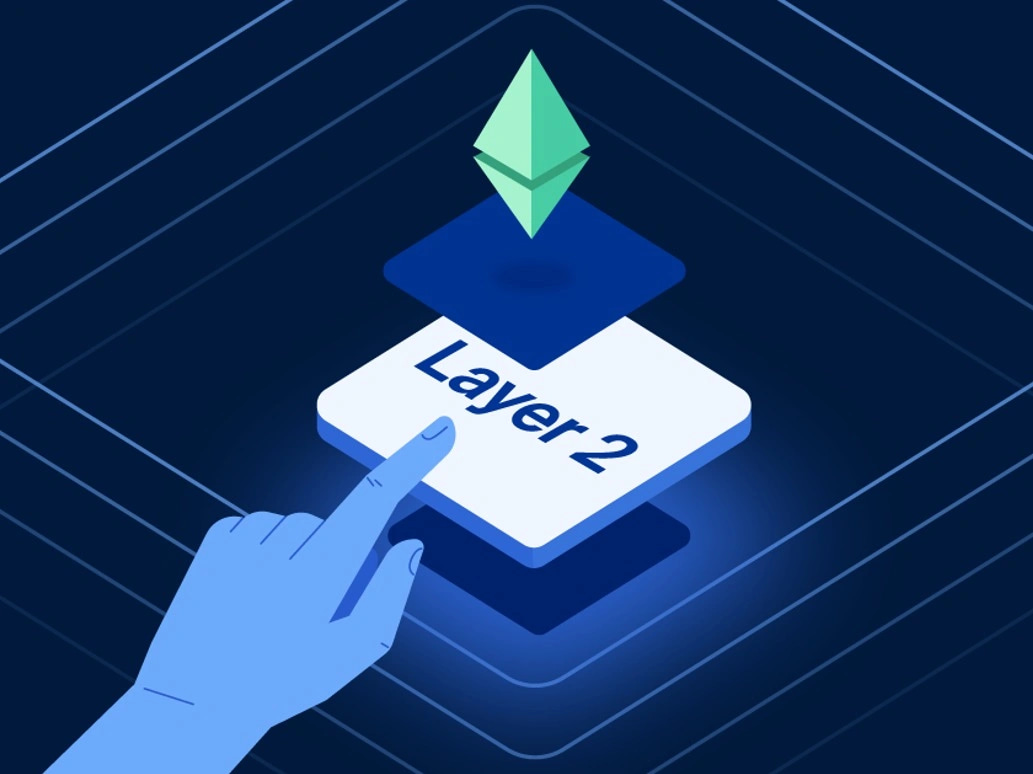Key Takeaways
- Web3 gaming empowers players with true ownership of in-game assets through blockchain and NFTs, allowing digital items to retain real-world value.
- Play-to-earn models transform gaming into an income opportunity, letting players earn cryptocurrency and gaming tokens while enjoying gameplay.
- The Web3 gaming ecosystem is rapidly growing, attracting venture capital and driving innovation in NFT games, gaming economies, and blockchain-powered virtual worlds.
What Is Web3 Gaming and How Does It Work?
The gaming industry is undergoing a radical transformation, and Web3 gaming is at the heart of this evolution. By merging blockchain technology, play-to-earn mechanics, and NFT ownership, Web3 games are redefining what it means to play, earn, and invest in digital worlds. Whether you are a casual gamer, an NFT enthusiast, or a crypto investor, understanding how Web3 gaming works is essential for navigating this rapidly growing space.
Understanding Web3 Gaming
Web3 gaming refers to games built on decentralized blockchain networks rather than traditional centralized servers. Unlike conventional video games where players spend money but rarely retain any lasting value, Web3 games allow gamers to truly own in-game assets, such as weapons, characters, or virtual land, often in the form of non-fungible tokens (NFTs).
Ownership is secured on the blockchain, meaning that even if the game shuts down, players retain their digital assets. This shift is empowering gamers with more control, transparency, and the potential to earn real-world value while playing.
The Rise of Play-to-Earn Models
One of the defining features of Web3 gaming is the play-to-earn (P2E) model. In P2E games, players can earn cryptocurrency or digital tokens as rewards for completing quests, winning battles, or contributing to the game ecosystem. These gaming tokens can be traded on crypto exchanges, used to purchase in-game items, or reinvested into other Web3 experiences.
Popular P2E games have demonstrated that gaming can become a legitimate source of income, especially in regions where digital economies are thriving. This model is attracting not only gamers but also venture capital in gaming, as investors see opportunities in platforms that merge entertainment with blockchain-based financial systems.
How Blockchain Powers Web3 Games
Blockchain technology is the backbone of Web3 gaming. By storing in-game assets and transactions on a distributed ledger, blockchain ensures security, transparency, and verifiable ownership.
Key features include:
- NFTs: Unique, tradeable items representing characters, skins, or land.
- Smart contracts: Automated programs that manage in-game economies and token rewards.
- Interoperability: Some Web3 games allow assets to move between different games or virtual worlds, enhancing their utility and value.
This infrastructure not only empowers players but also enables developers to innovate new gaming economies that were impossible in traditional models.
The Growing Market for NFT Games
NFT games are one of the fastest-growing segments within Web3 gaming. These games turn virtual collectibles into scarce digital assets, often leading to vibrant marketplaces where rare items can fetch high prices. Titles like Axie Infinity, The Sandbox, and Illuvium have shown that NFT games can combine compelling gameplay with real-world financial incentives, attracting both gamers and collectors.
The rise of NFT games is also driving interest from mainstream investors, highlighting the intersection of gaming, cryptocurrency, and digital collectibles as a lucrative frontier for venture capital.
Challenges and Opportunities Ahead
While Web3 gaming presents exciting opportunities, it also comes with challenges. Scalability, high transaction fees on some blockchains, and regulatory uncertainty remain hurdles for developers and players alike. However, with continuous advancements in blockchain technology and increasing adoption of layer-2 solutions, the ecosystem is becoming more accessible and sustainable.
The fusion of gaming and blockchain is more than a trend—it is shaping the future of digital entertainment, where players are not just participants but stakeholders in entire virtual economies.
Conclusion
Web3 gaming is redefining the relationship between players, developers, and the digital world. By integrating blockchain technology, play-to-earn mechanics, and NFT ownership, these games offer players new ways to earn, invest, and interact with virtual worlds. As the market grows, NFT games, gaming tokens, and venture capital in gaming will continue to drive innovation, making Web3 gaming an exciting space for enthusiasts and investors alike.
Whether you are exploring your first blockchain game or considering investment opportunities, understanding the mechanics of Web3 gaming is key to navigating this rapidly evolving industry.
Disclaimer: The information in this article is for general purposes only and does not constitute financial advice. The author’s views are personal and may not reflect the views of GameDegen.com. Before making any investment decisions, you should always conduct your own research. GameDegen.com is not responsible for any financial losses.




